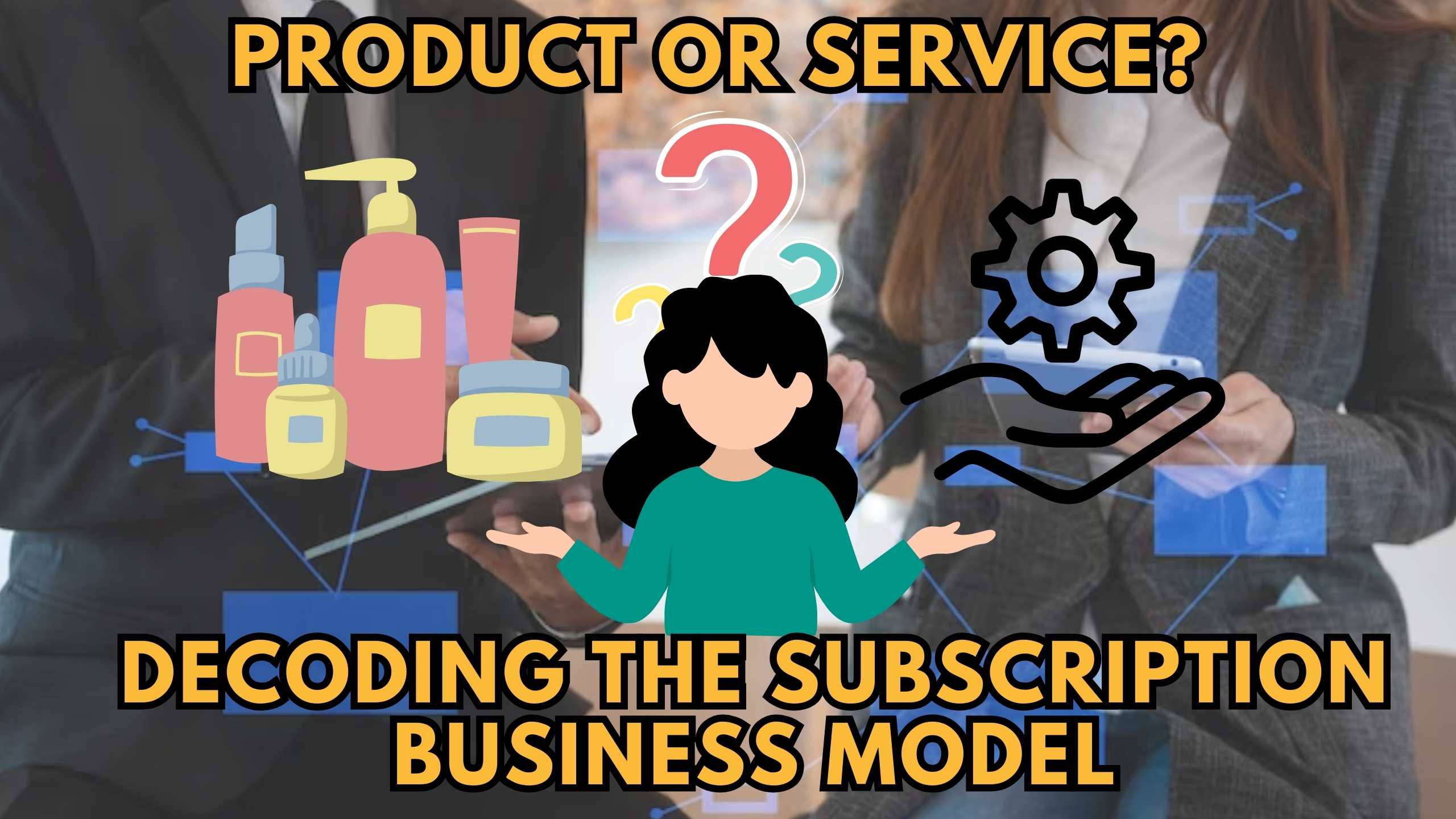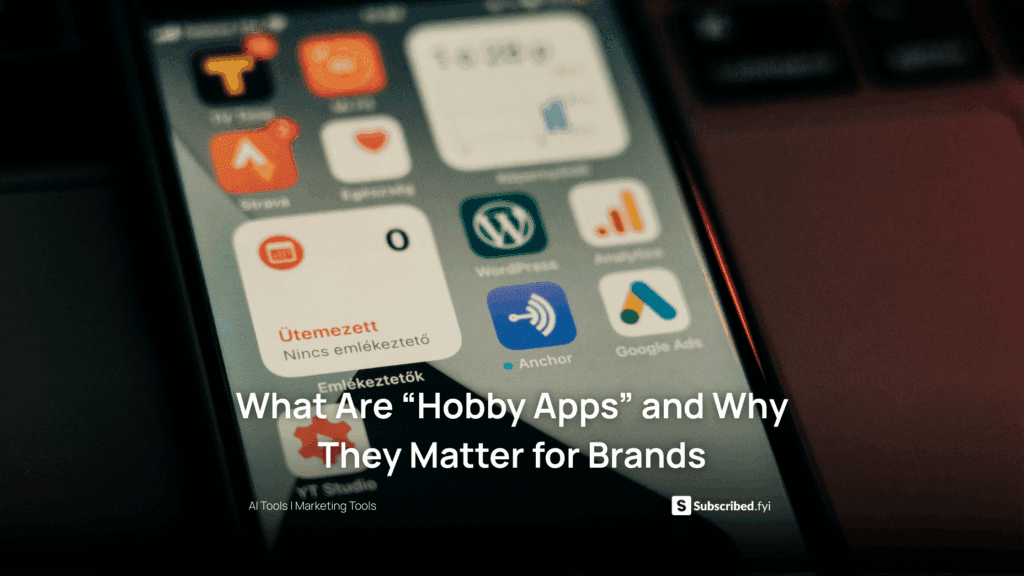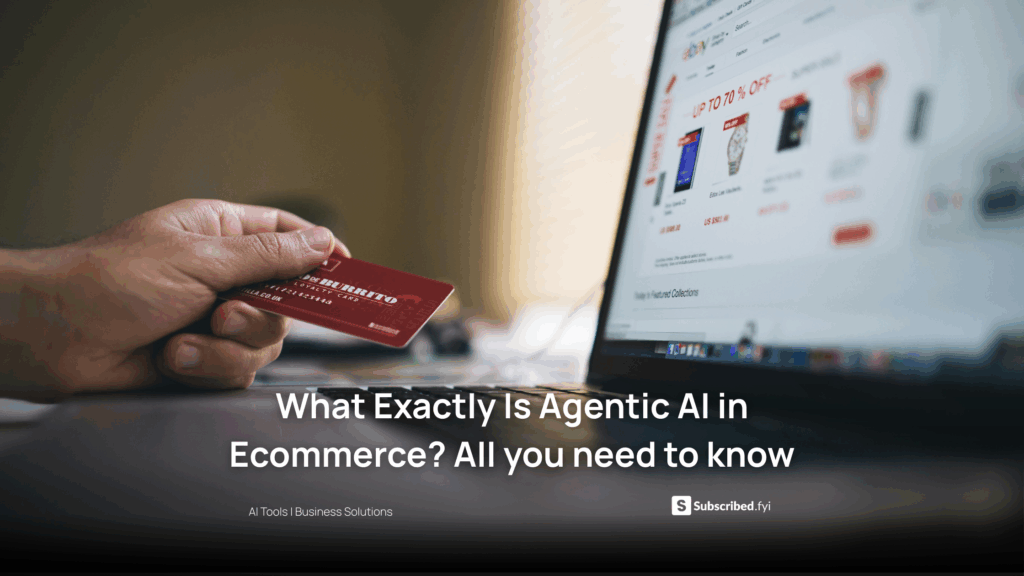Product or Service? Decoding the Subscription Business Model
- Expense Management Software Credit Cards Investing Business Solutions


Product or Service? Decoding the Subscription Business Model
Subscriptions monetize ongoing access to products, services or both. This blending often causes confusion around categorization. Evaluating key subscription components provides clarity.
1. Product-Based Offerings
Many subscriptions center around tangible products requiring fulfillment. Variants include:
Subscription Boxes: Monthly shipments of curated physical goods. For example, Birchbox sends personalized beauty product samples.
Replenishment Models: Auto-delivery of specific products on customized schedules. Dollar Shave Club ships replacement razors routinely.
Media Subscriptions: Providing continual access to digital content or platforms in exchange for recurring fees. Netflix or news sites exemplify this approach.
While distribution formats differ, the core offering consists of pre-defined goods.
2. Service-Oriented Subscriptions
Alternatively, subscriptions may focus on services. Common examples include:
Software as a Service (SaaS): End users pay for access to hosted applications like cloud software. DocuSign allows signing documents electronically via monthly fees.
Professional Retainers: Clients subscribe to blocks of time with specialists across fields. From legal services to freelance designers, retainers enable pay-as-you-go access.
Membership Sites: Subscribers gain access to premium capabilities like coaching programs or communities. Sites like MasterClass showcase this model.
The binding element is intangible services versus material products.
3. Blending Products and Services
Leading subscription brands marry world-class products with best-in-class services for maximum perceived value. For example, Amazon Prime bundles entertainment and shipping perks.
This bundling helps subscriptions feel indispensable to customers in turn driving growth and retention.
Conclusion
Modern subscriptions creatively package products, tools, content and services in continuous offerings. Customer obsession rather than rigid categorization represents the path to subscription primacy.
Struggling with Subscription Management?
Subscribed.fyi helps track, optimize and control recurring SaaS expenses from a unified dashboard. Reduce overlaps, automate workflows and enable teams with Subscribed.fyi. Take control of subscriptions in minutes!
Relevant Links:





